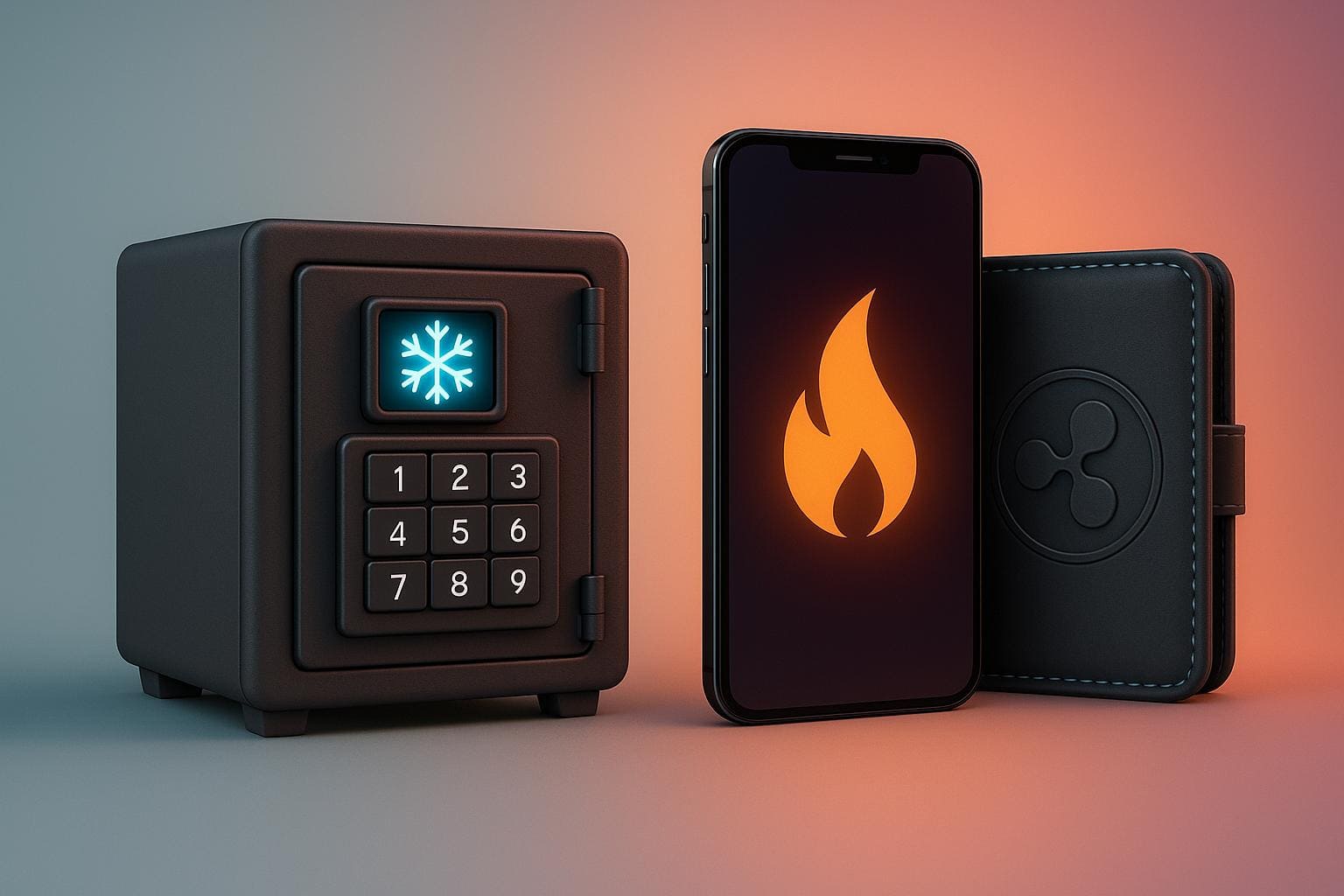The crypto market mixes sky‑high profits with equally high risks. To stay off the emotional roller‑coaster you need a precise plan. Two corner‑stone tools are technical analysis (TA) and fundamental analysis (FA). TA pinpoints the entry via top crypto exchangers; FA shows whether you should buy a coin at all and where to buy Bitcoin profitably. This article explains key indicators, on‑chain metrics, how to pick the best crypto exchanger with a low exchange fee, why you need USDT exchangers and reliable crypto exchangers for quick fiat‑to‑crypto exchange. A step‑by‑step checklist and 12‑item FAQ finish the guide.
1. Technical Analysis (TA): the language of charts
1.1 Why TA works in a volatile arena
Each candle equals real actions on the best crypto exchanger. Support/resistance, patterns and volume reflect fear and greed. Reading them tells you when to enter through top crypto exchangers with a low exchange fee.
1.2 Indicators that matter
- SMA 50/200 — golden/death crosses define trend direction.
- RSI 14 — zones 30/70 highlight oversold or overbought states.
- Volume + OBV — confirm price moves; watch liquidity spikes on reliable crypto exchangers.
- Fibonacci levels — 0.382 and 0.618 retracements often act as bounce zones in crypto.
1.3 A combo signal for buying
Example: Bitcoin drops to 0.5 Fibo, RSI is 37, volume rises, and on‑chain data shows coins moving to cold wallets. TA + FA align → enter via top crypto exchangers while keeping the low exchange fee.
2. Fundamental Analysis (FA): value behind the candles
2.1 Four pillars of fundamentals
- Use‑case — does the project solve a real problem?
- Team & backers — experience, VCs, audits.
- Tokenomics — inflation, vesting, buy‑back/burn.
- On‑chain metrics — TVL, active wallets, NVT ratio.
2.2 News and regulation
A Bitcoin‑ETF approval or new tax law can flip the trend within an hour. Keep push alerts and some capital in USDT to enter quickly via USDT exchangers.
3. Merging TA + FA
Step 1. Filter coins by fundamentals: solid use‑case, transparent tokenomics, rising TVL.
Step 2. Switch to the chart: locate support, wait for SMA 50/200 crossover, RSI \< 40.
Step 3. Confirm with volume and the absence of huge exchange inflows.
Step 4. Use top crypto exchangers or reliable crypto exchangers with a low exchange fee. If you plan to lock profits fast — keep USDT exchangers ready.
Step 5. Place stop‑loss and take‑profit, monitor news faster than charts.
4. Analyst checklist
- Define the goal: day‑trade or HODL.
- Gather fundamentals (GitHub, tokenomics, partners).
- Check on‑chain metrics: TVL, wallet activity.
- Build the chart: levels, SMA 50/200, RSI, volume.
- Match signals with news & regulation.
- Choose the best crypto exchanger with a low exchange fee. If unsure how to choose an exchanger, compare liquidity, fees, KYC rules.
- Set stop‑loss/take‑profit, have an exit plan via USDT exchangers or fiat.
5. Common mistakes
- Ignoring fees during frequent fiat‑to‑crypto exchange.
- Trading on news only without TA.
- Not studying how to choose an exchanger that fits your strategy.
6. FAQ
- Is TA useful for tiny altcoins? Yes, but liquidity is thin—use reliable crypto exchangers and tight stops.
- Where to buy Bitcoin profitably with minimal spread? At top crypto exchangers or an exchange with >$200 M daily volume.
- What counts as a “low exchange fee”? 0.1‑0.25 % spot; P2P 0 % plus ≤ 1 % to spot rate.
- Must I exit to fiat? No—store profit in USDT via USDT exchangers.
- How to verify an exchanger’s reliability? Licences, cold storage, 3‑year track record.
- How many indicators are enough? 2‑3 max (SMA, RSI, volume).
- Good FA but bearish TA—what now? Wait for convergence.
- How to choose an exchanger for daily trading? Liquidity, 24/7 support, low exchange fee.
- Free on‑chain services? Glassnode Free, Dune, CryptoQuant Basic.
- Does halving affect TA? Yes—price often prices in the event early.
- P2P or exchange? P2P for local payments; exchange for deep liquidity.
- Is TA valid in a sideways market? Valid but weaker—wait for breakouts.
Conclusion
Technical and fundamental analysis are two sides of one coin. TA times the trade; FA values the asset. Combine them and rely on top crypto exchangers to optimise entries and exits. Check the chart, on‑chain data and news before pressing “Buy” on the best crypto exchanger. Keep the low exchange fee rule, keep USDT exchangers handy, log every trade and apply strict risk management. Ready to act? Our catalogue lists the top crypto exchangers ranked by liquidity and fees — discover where to buy Bitcoin profitably today!





















